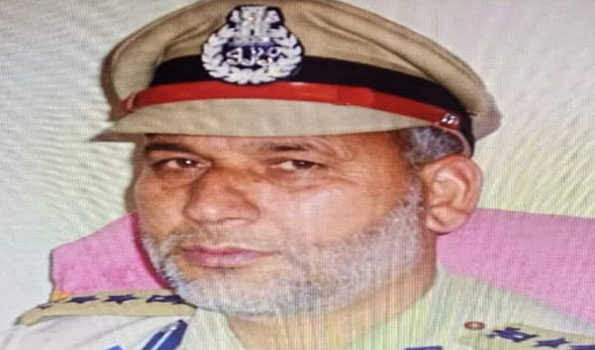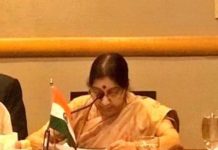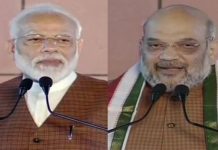
The killing of Mohammad Shafi Mir, a retired district police chief, in Gantmulla has taken the police by surprise and reinforced the belief that militancy is spreading to the areas in J-K where it didn’t exist earlier – be it parts of Jammu or those in Kashmir valley. A report by Riyaz Wani
On December 24, Mohammad Shafi Mir, a retired district police chief left his home at Gantmulla in North Kashmir’s Baramulla district for the local mosque. It was his daily responsibility to give a call for dawn prayer (adhan). This day also, he made ablutions and stood up near the mosque loudspeaker to call adhan. Midway through the call, a burst of fire rang out and there was silence. No one suspected anything until minutes later other worshippers arrived and found Mir lying dead in a pool of blood.
After his superannuation in 2012, Mir had settled down in his post-retirement life. The government had recently withdrawn his security detail. Also, he lived in an area where no violence had been reported even in the heyday of militancy in the nineties. This is why the killing of Mir has taken both people and security agencies by surprise. For it shows the spread of militancy to the areas in Jammu and Kashmir where it didn’t exist earlier – be it parts of Jammu or those in Kashmir Valley.
Mir’s killing took place soon after the killing of four jawans in an ambush at Poonch in Jammu followed by the death in custody of three civilians, sending violence spiking across the union territory. Although local militancy has drastically reduced in 2023, with J&K DGP RR Swain revealing that the number of local militants has diminished to fewer than 20, the foreign militants have stepped into the breach. And the hills of Poonch and Rajouri districts in Jammu have become more or less their main bases. In 2023, over twenty soldiers were killed in encounters with foreign militants in the twin districts.
According to the BSF Inspector General, Ashok Yadav, there are intelligence inputs that 250-300 militants are waiting at launch pads across the border. This means the militants along the PoK side of the border are poised to breach the region’s security barriers and infiltrate into the Valley.
But with militants striking in Gantmulla, there is reason to believe that far from being on the verge of being wiped out, the local militancy is spreading to hitherto militancy-free areas in Kashmir Valley. Only that it seems to have been pushed further underground by the ongoing security surge in the Valley, possibly making it difficult to know the exact number of active militants.
Dilbag Singh, former J&K DGP, who retired in November, had once said that the militancy in the Valley has become “faceless.” Another term used by the security brass to describe the current phase of militancy in the Valley is that it has turned “hybrid”. Both descriptions reflect the anonymity of new militancy in Kashmir. In this kind of militancy, a civilian is said to double up as a militant and go back to lead his normal life after carrying out an attack. Though many alleged hybrid militants have been arrested, it has not addressed the problem.
Security forces have killed over 500 militants since the revocation of Article 370 in August 2019, but the militancy continues to pose a formidable challenge. The militants have struck recurrently to announce their presence. The predominant targets of their attacks in the last two years have been civilians including those belonging to minorities.
As many as 184 civilians and 319 security personnel were killed in 791 incidents of violence perpetrated by militants in the union territory from 2018 to July 2023, Union Minister Nityanand Rai said in Rajya Sabha in August last. On the other hand, 35 more civilians were killed during encounters and counter operations.
“Achieving lasting peace in the Valley necessitates not just silencing guns but also addressing the undercurrents that fuel the cycle of violence,” an editorial in a local daily said. “It’s a collective endeavor that requires a concerted security and political effort to build a future where the echoes of conflict fade, allowing Kashmir to flourish in peace and prosperity.”












